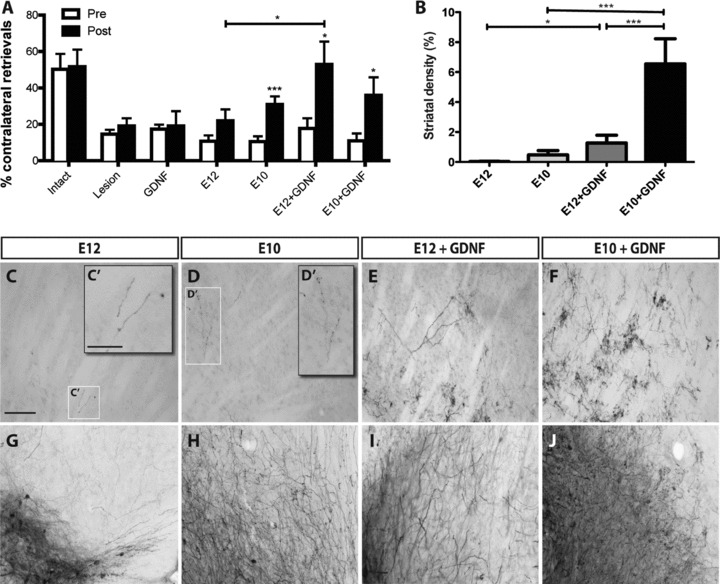Figure 5. Graft donor age and exposure to GDNF influence motor function through altered local midbrain and striatal innervation.

A, sensorimotor neglect was assessed using the corridor task in animals after lesioning and again at 12 weeks post transplantation. Intact animals showed no bias in motor function. Lesioning was confirmed in all relevant groups, as depicted by the low number of contralateral retrievals relative to intact controls. No spontaneous recovery was observed in lesioned controls or animals overexpressing GDNF in the absence of a graft at 12 weeks. E10 but not E12 donor tissue resulted in a significant improvement in motor function after 12 weeks. While GDNF provided no additional functional benefit to young E10 donor tissue grafts, contralateral retrievals were significantly increased in older E12-derived donor grafts. Open bars: pre-transplantation, filled bars: 12 weeks post transplantation. Intact, n= 15; lesion, n= 20; GDNF, n= 10; E12 graft, n= 21; E10 graft, n= 22; E12+GDNF, n= 11; E10+GDNF, n= 10. B, GDNF over-expression had a significant impact on the density of striatal innervation of E10 and E12 donor grafts. C–J, bright-field micrographs illustrating the density of GFP+ fibres in the dorsolateral striatum (C–F) and the ventral midbrain (G–J) of grafted animals. Data represent mean ± SEM. One-way ANOVA with Tukey's post hoc test, *P < 0.05, **P < 0.01, ***P < 0.001. Scale bar: C-J= 250μm, C′,D′= 100μm.
